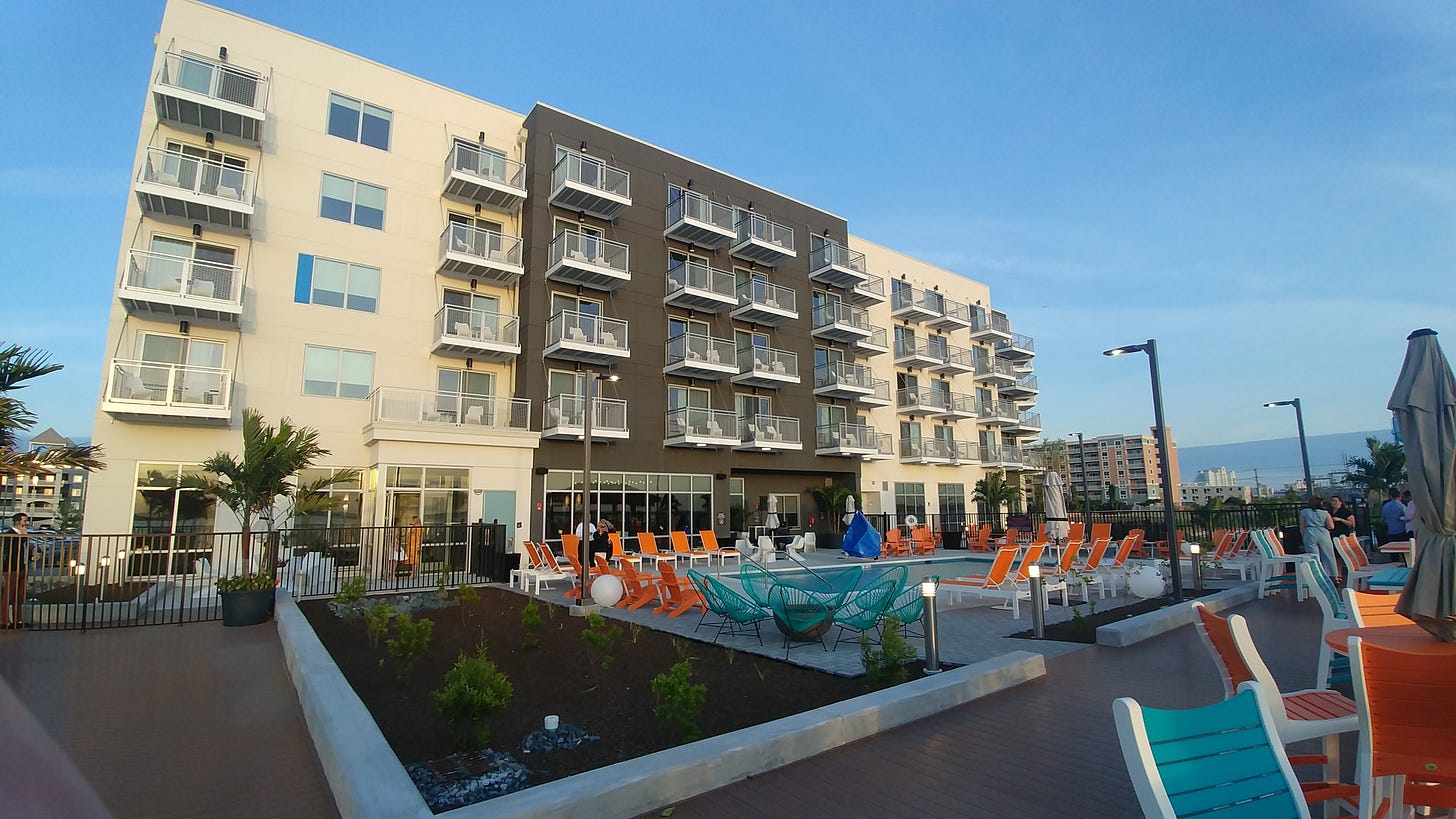Sneaking in the back door
If you make it against the law to build something, that sort of changes the market, doesn't it?

Each weekday I read the news digest known as The Patriot Post, and not just because I write there on a weekly basis - next to a batch of REALLY talented writers who toil there daily. I read there because it’s a good roundup and commentary on news.
(Many of you probably already read it, but you just didn’t associate my humble Substack with their humble shop. Well, they ARE separate enterprises, but part of why I write here is to write better there.)
Regardless, last Friday I spied this among their “below the fold” headlines:
Little-known international NGO finalizing building code forcing U.S. homes to be green.
Since my “real” job involves the building code, I had to investigate further.
It turned out they borrowed from Yahoo! News a Fox News story about the 2024 revision of the International Energy Conservation Code (IECC). To make a long story short, the people who write your building codes are throwing in with the “electrify everything” crowd, mandating items for new code-compliant construction like a requirement to accommodate electric car chargers, wiring sufficient for solar panel and all-electric appliance installation, and demand-responsive controls for water heating equipment.
As the Fox story notes, International Code Council CEO Dominic Sims said late last year that the code is an essential tool for "achieving energy efficiency and greenhouse gas reduction goals." It seems to me, though, that the goal of building codes was to promote life safety. That’s certainly the thrust of the dealings I have with it.
Interestingly, the current edition of the IECC (2021) states under “Development” that
This code is founded on principles intended to establish provisions consistent with the scope of an energy conservation code that adequately conserves energy; provisions that do not unnecessarily increase construction costs; provisions that do not restrict the use of new materials, products, or methods of construction; and provisions that do not give preferential treatment to particular types or classes of new materials, products, or methods of construction.
Looks like that preamble was tossed out the window for the 2024 code, despite the objections of groups representing the natural gas industry as well as manufacturers and those who are building owners and managers. Surely they want the energy efficiency which comes with code compliance; however, some of the other provisions the IECC is considering seem to me to fall into the category of “preferential treatment” and not energy conservation in either the micro- or macro-sense.
While there’s nothing wrong with owners who might want all these items on an individual basis, there are already prescriptive guidelines put out by the manufacturers of these items. [For example, our firm recently designed a high-end house where we had to put an electrical outlet INSIDE the wall (not exposed) to plug in the remote operating the shower and mixing to desired temperature and lighting effects. I told you this was high-end.]
Where I do run into a problem is with “demand responsive controls” being mandated. For example, have you ever received an offer from your electric company for a “free” energy-efficient thermostat? They may even discount your bill by a few dollars a month if you accept one, but there’s a tradeoff involved.
Imagine it’s 95 degrees outside with humidity to match, and your car’s air conditioner wasn’t up to the task. You park in the garage and all you want is coolth when you walk in the house, figuring you set the a/c at a comfortable 70 degrees. Yet when you walk in the house it’s like a blast furnace at 78 degrees.
If you happen to be a member of my utility (Delaware Electric Co-Op) this was the tradeoff you made as part of their “Beat the Peak” program:
Members will agree to allow DEC to adjust their thermostats a few degrees during summer Beat the Peak alerts. We issue the alerts when the price of energy is high. By allowing your Co-op to automatically adjust your programmable thermostat a few degrees, you’ll be helping to lower the cost of power for all members…
Aside from the initial $25 billing credit, participating members will also receive a $5 credit on their electric bill during the months of June, July, August and September. (Emphasis mine.)
Now with the building codes, they won’t have to pay you anything for your discomfort. (And no, we retained our “dumb” thermostat that keeps it about 70-72 in my house all summer, and the wife happy.)
Fortunately, there’s good news. States and, in some cases, local governments are not forced to adopt the 2024 IECC, and if they do they can choose to delete portions if desired. (As an example, for many years individual counties in Maryland could opt out of the residential sprinkler mandate, although that right was taken away with the state’s adoption of the 2015 code suite. Some states are more progressive, though.) The provisions of the 2021 IECC are just fine, and the next generation can wait until (hopefully) sanity prevails again for the 2027 update that will be written over the next couple years.
We’ll keep designing buildings to be as energy efficient as possible. Just put a hold on the social engineering, mmmmkay?
In the meantime, you can Buy Me a Coffee, since I have a page there now.




